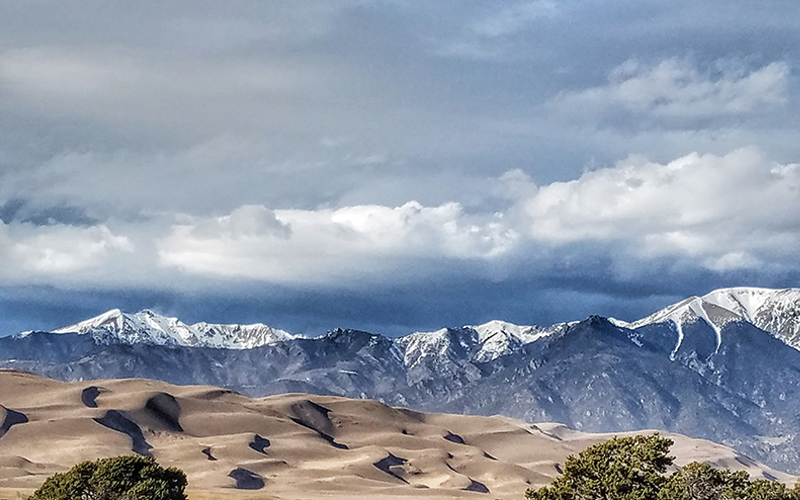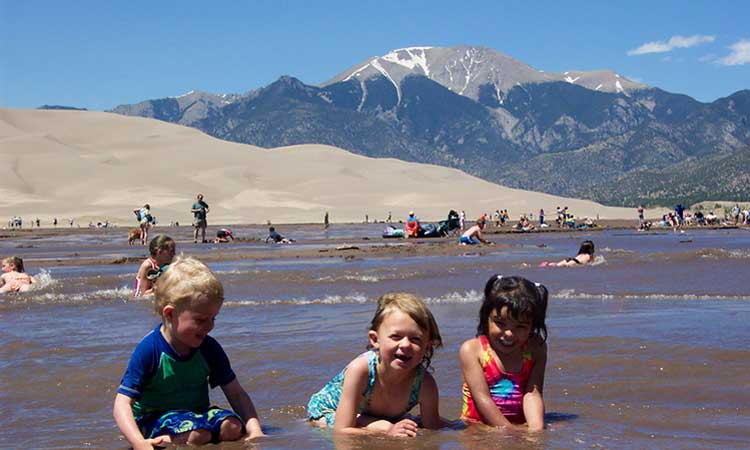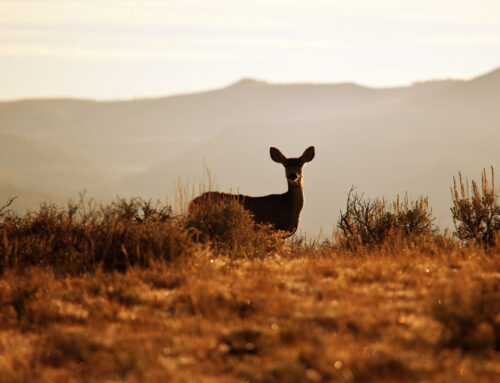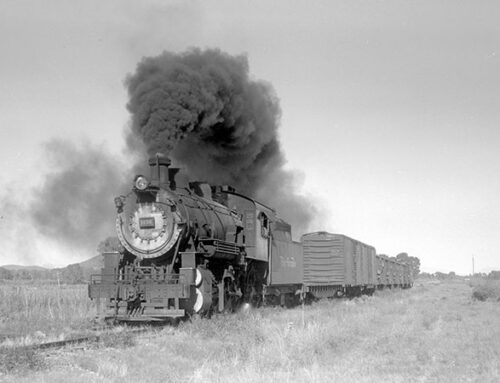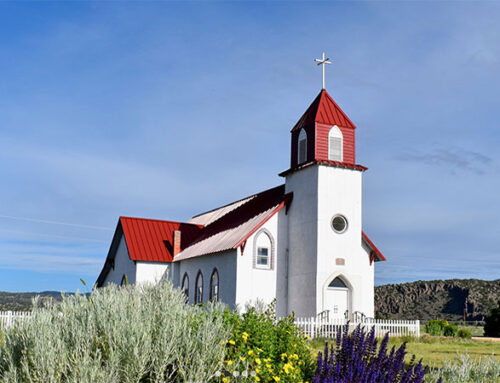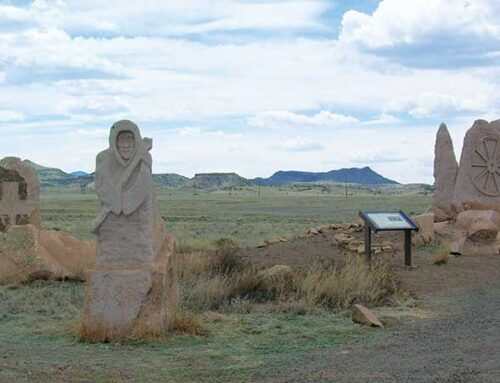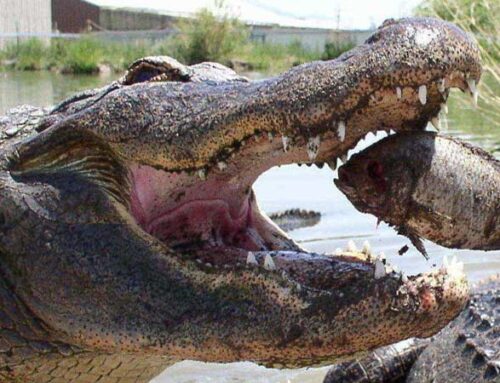Article & Photos by Field Editor Ryan Michelle Scavo
Great Sand Dunes National Park and Preserve is one of the most unique sites managed by the National Park Service – from its location (in the highest alpine desert in North America) to its unique features and ecosystems including a dunefield, rugged peaks, high country forests, alpine environments, and spectacular waterways, a day out exploring this park is sure to be enjoyable! Here are some activities to consider during your visit:
HIKING AND BACKPACKING
Expanding across 30 square miles, the dunefield of Great Sand Dunes National Park and Preserve is the center stage of the park and home to an abundance of wildlife including coyote, bobcat, elk, birds of prey (hawks, eagles), various types of vegetation, and a plethora of insects. According to the park, temperatures and conditions can span from sunny and 150 degree F in summer to blustery winter conditions with -20 degree F temperatures in winter, so come prepared with sunblock, extra layers, and bug spray!
If planning to hike or camp in the dunefield, consider exploring the highest dunes in the park – High Dune (700 feet) and Star Dune (750 feet). To access these dunes, start at the parking area and hike across the rolling sandy flats. High Dune is located on the first ridge. To reach Star Dune, hike another 1.5 miles across the field and to its summit. Camping permits are required for overnight stays in the dunes and are available for free (in-person only) at the park’s Backcountry Office. There is also a National Park Service Campground, Pinon Flats Campground, located one mile north of the Visitor Center. It is open April – October and includes reservable and group sites, running water, fire pits and picnic tables.
SURF THE SAND
Sand boarding and sledding are common activities at the park. While sleds feature handles for sitting, and boards have foot straps for standing, both are specially designed to glide across the dry sand (see our sandboarding article for info on where to rent your gear!). When sledding and boarding the dunes, make sure to steer clear of fragile dune plants and waterways.
FLY FISHING
Fly fishing opportunities are available in and around Great Sand Dunes National Park and Preserve. Within the park, visitors in search of wild trout can explore Medano Creek, Sand Creek, and Medano Lake. These areas provide anglers with the chance to land brook, brown, and rainbow trout as well as the native Rio Grande cutthroat trout. This species is considered one of Colorado’s “Species of Special Concern” so they are catch-and-release throughout the park.
SWIM THE CREEK
Medano Creek, which flows alongside the dunefield, boasts some of the cleanest water in Colorado, receiving “Outstanding Water” designation from the state. Visitors can swim, skimboard, wade, and even surf this seasonal water way! The unique and globally recognized water-and-wind driven system of Great Sand Dunes National Park and Preserve features a rare hydrological feature known as surge flow, which can be observed on Medano Creek. This is a rhythmic flowing of waves in the creek created by the perfect combination of a steep gradient, a smooth creekbed, and sufficient water thanks to snowmelt. Some waves can even reach a foot high!
While late May tends to be when peak flow happens on the Medano, the park website provides up-to-date information and month-by-month details on the creek’s water temperatures, flow, and more.
There are countless outdoor activities and pursuits waiting for visitors to Great Sand Dunes National Park and Preserve!



